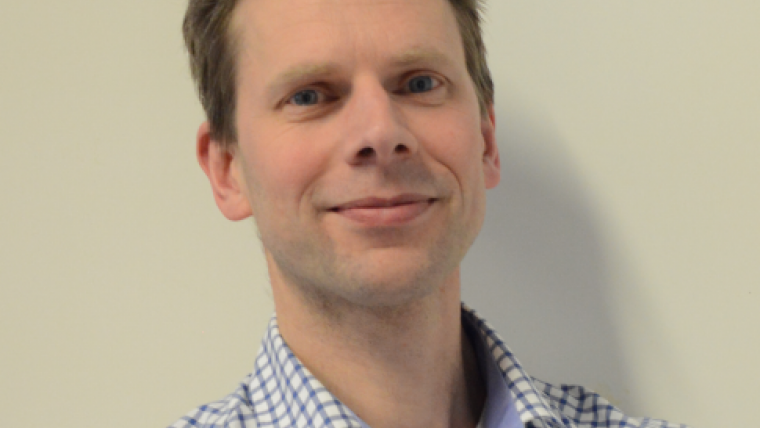Lidar-driven Innovation
The first laser was built in 1960 by Maiman, two years after Miller and LaFlamme introduced the digital terrain model (DTM) in the context of civil engineering purposes in 1958. Probably, none of them thought that by around 1995 this would solve a geomatics problem that had existed since the arrival of aerial photogrammetry: capturing terrain elevation in wooded areas. While that also required precise navigation based on GNSS and inertial systems, it was the multi-target capability of pulsed Lidar the showed unprecedented detail below the canopy. This technique has also revolutionised other fields in industry, administration and science, such as forestry by revealing the 3D structure of high vegetation or natural hazard assessment related to geomorphic processes and the fine traces they leave on the terrain surface.
From airborne and terrestrial measurement platforms, laser scanning also brought a new data type: the point cloud. It took some time for the geomatics community to understand its power. The dense point cloud is gradually replacing sparse point-edge-face data structures. The proliferation of machine learning and cloud processing in geomatics will provide reliably classified clouds of trillions of points, making them even more useful beyond visualisation, navigation or interface, collision and avoidance checking. It will lead to automated semantic analysis.
Undoubtedly, the competition from Lidar also stimulated dense image matching, providing colourised point clouds of higher density in open and urban areas. This comes at the price of an additional processing step – the correspondence search – and thus notably longer computation times. And we’ve not even started working on a serious integration of both photo and Lidar, which would exploit: 1) the complimentary aspects in orientation – indirect georeferencing capability of images, scale from Lidar; 2) surface reconstruction – mitigating the weakness over repeated, hardly textured or shadowed surfaces, dark and shiny surfaces, discontinuous and pervious surfaces; 3) their differences for more reliable classification; 4) a reduction in computation time; and maybe 5) an increased flexibility in mission planning.
Let’s return from the peace-finding mission from the ‘Lidar versus photo’ battlefields, or should that be ‘active versus passive sensing’? And will space-borne tomographic synthetic aperture radar (SAR) take over large parts of this business anyway, once those point clouds are less noisy? I foresee continuous innovation in Lidar which will have an impact on geomatics beyond denser, more accurate, more reliable and more efficiently computed point clouds.
Lidar has brought area-wise considerations to engineering geodesy, thus moving from the single point to millions of them in deformation analysis. Terrestrial static and especially mobile Lidar may replace traditional measurement methods for operational forest inventory plots in the near future. Full waveform recording provides the echo width and therefore, within the Lidar footprint, an additional measured quantity of surface variability. This is exploited for more reliable ground point classification, for example.
The full waveform of Lidar also opens the door for radiometric calibration to enhance change monitoring and classification, which is understood in remote sensing. Photogrammetrists, on the other hand, still seem to believe solely in texture, i.e. the local distribution of grey values. The physical aspects of our measurement processes became apparent with the choice of 1.5µm or 1,064nm wavelength Lidar, for measuring over snow surfaces for example. The longer of those two available wavelengths is absorbed much more strongly by water, thus leading to very low signal return and low accuracy or failure of the range measurement. Recently introduced commercial high-resolution water column-penetrating Lidar systems, which operate at 532nm, are bringing new possibilities for bathymetry. Admittedly, two-media photogrammetry is older and so is echosounding. The innovation in the data acquisition is related to the airborne platform and the shallow zone, which can now be covered with a dense set of automatic direct depth measurements.
Exploiting the properties of multi-spectral Lidar is a hot research topic today and just one episode in the ongoing story of geomatics innovations based on laser scanning technology. And, did I really (almost) forget to mention future space-borne single photon-counting Lidar capturing global vegetation and topography?
Biography
Norbert Pfeifer studied surveying (Dipl.Ing and PhD) at TU Wien, Austria. In 2003 he became a postdoc at Delft University of Technology, The Netherlands. At the beginning of 2006 he moved to Innsbruck as a senior researcher at alp-S, Centre for Natural Hazard Management, and a lecturer in the Department of Geography. Later that year he was appointed professor of photogrammetry at TU Wien. His research interests are photogrammetry and laser scanning and their application in the environmental sciences.

Value staying current with geomatics?
Stay on the map with our expertly curated newsletters.
We provide educational insights, industry updates, and inspiring stories to help you learn, grow, and reach your full potential in your field. Don't miss out - subscribe today and ensure you're always informed, educated, and inspired.
Choose your newsletter(s)
























